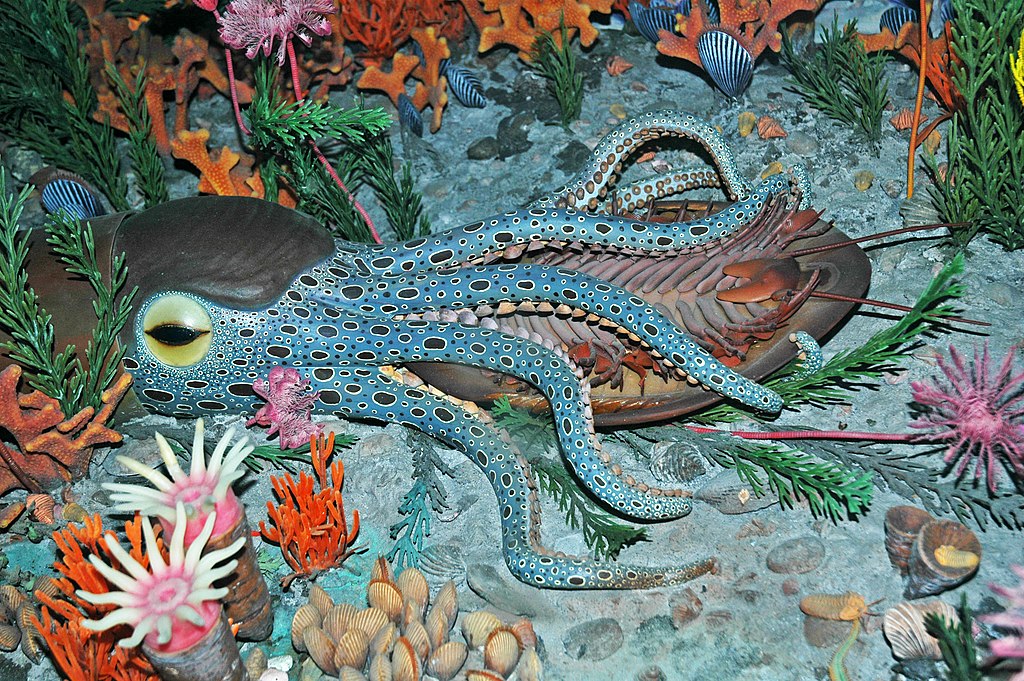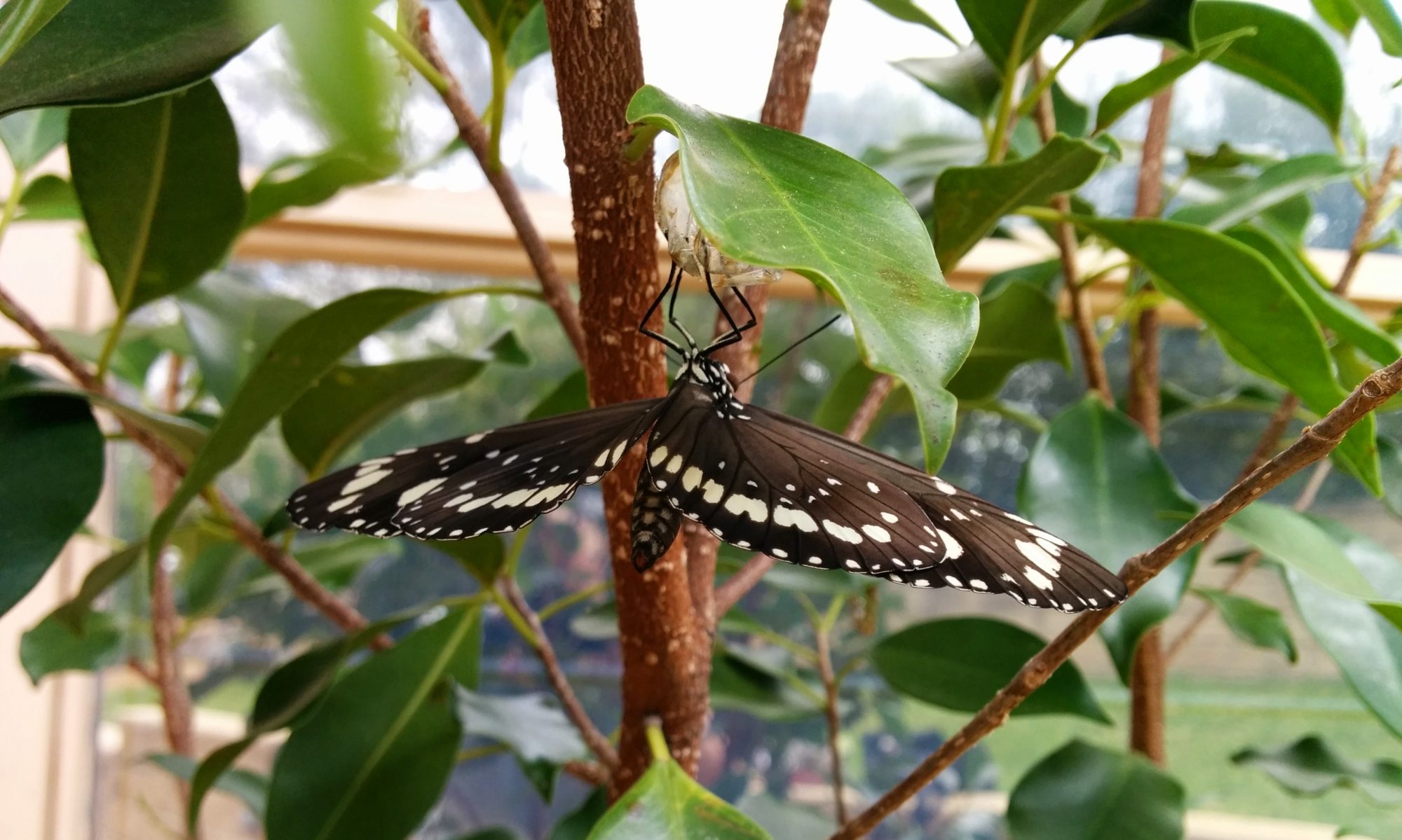Life flourished in the Ordovician 485 – 444 million years ago with molluscs and arthropods dominating the oceans. This was a period of high diversification called the Ordovician radiation. The early vertebrates evolved during this time.

This period lasted almost 41 million years. During this period the area north of the tropics was almost entirely ocean, and most of the world’s land was collected into the southern supercontinent Gondwana.
The Ordovician is best known for its diverse marine invertebrates, including graptolites, trilobites, brachiopods, and the conodonts. A typical marine community consisted of these animals, plus red and green algae, primitive fish, cephalopods, corals, crinoids, and gastropods.
During this time plants colonizated the land. There are microfossils of the cells, cuticle, and spores of early land plants. Fossil remains of early terrestrial arthropods are also known from this time.
Find out more with this great video on the Ancient Oceans of the Ordovician and the mass extinction.
During the Lower to Middle Ordovician the Earth experienced a milder climate — the weather was warm and the atmosphere contained a lot of moisture. Gondwana ended up on the South Pole during the late Ordovician causing massive glaciers formed. The shallow seas to drain and sea levels to drop. The Late Ordovician was one of the coldest times in the last 600 million years of Earth’s history. This is the likely cause of the mass extinctions that ended the Ordovician.
In this mass extinction 85% of all species, 60% of all marine invertebrate genera and 25% of all families went extinct.

